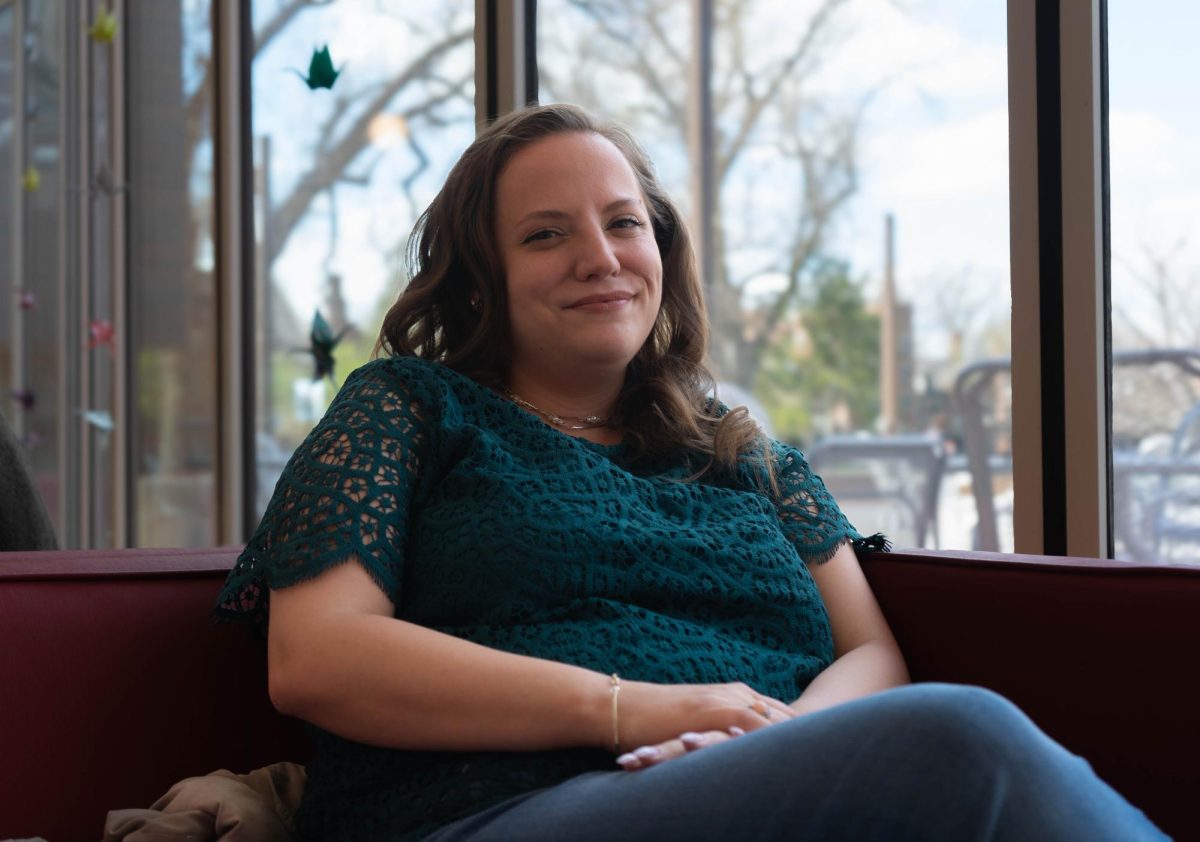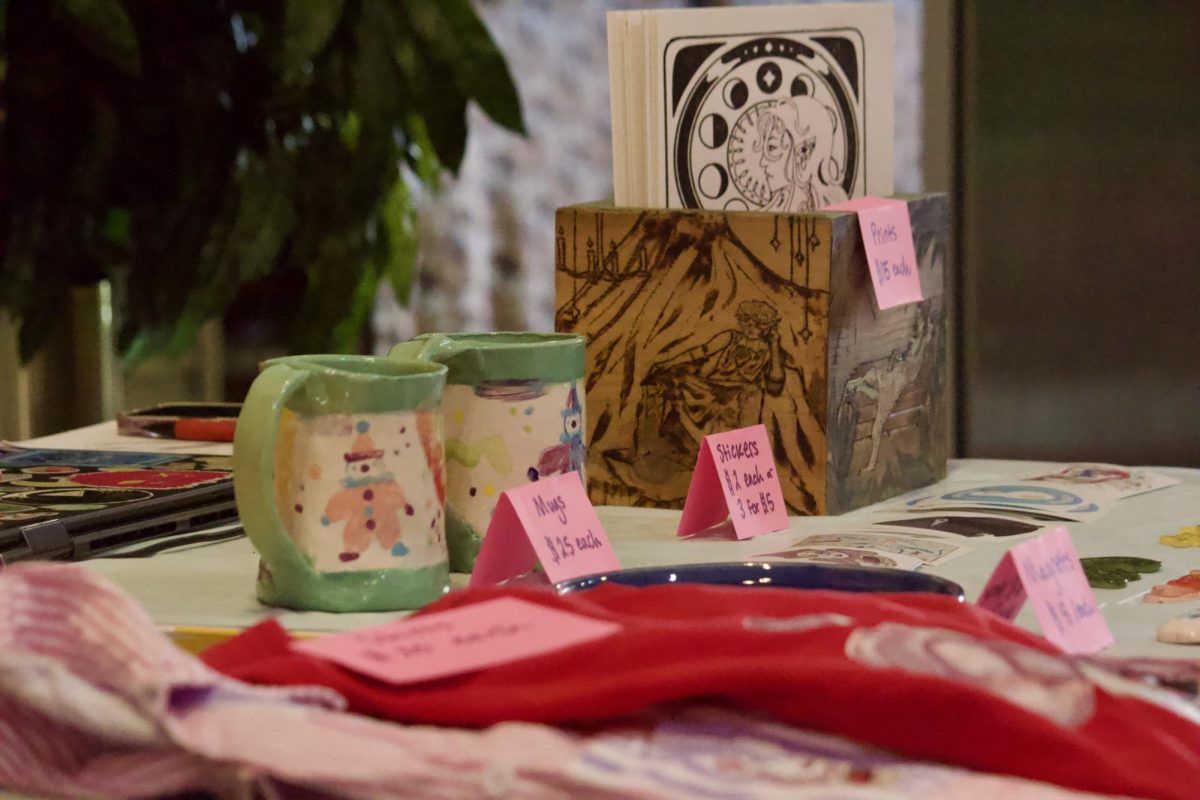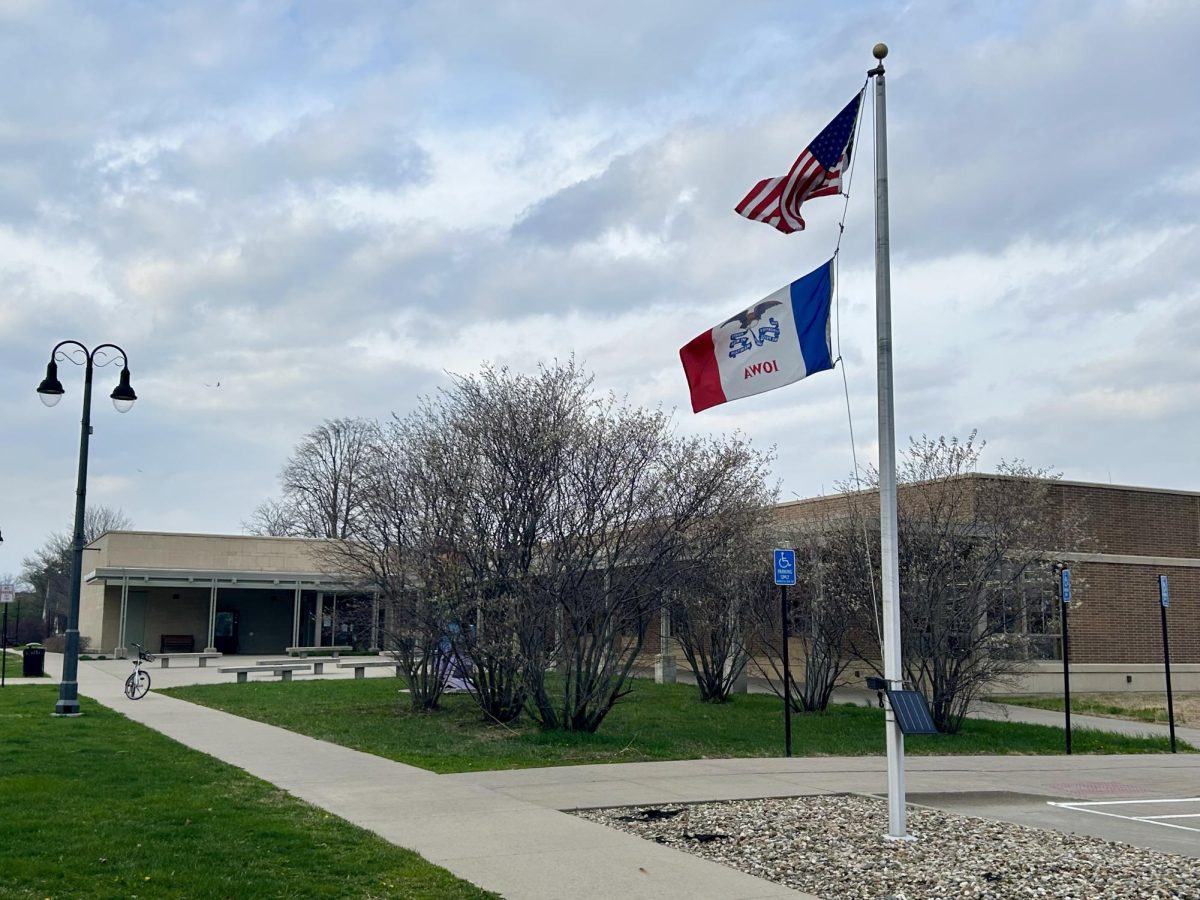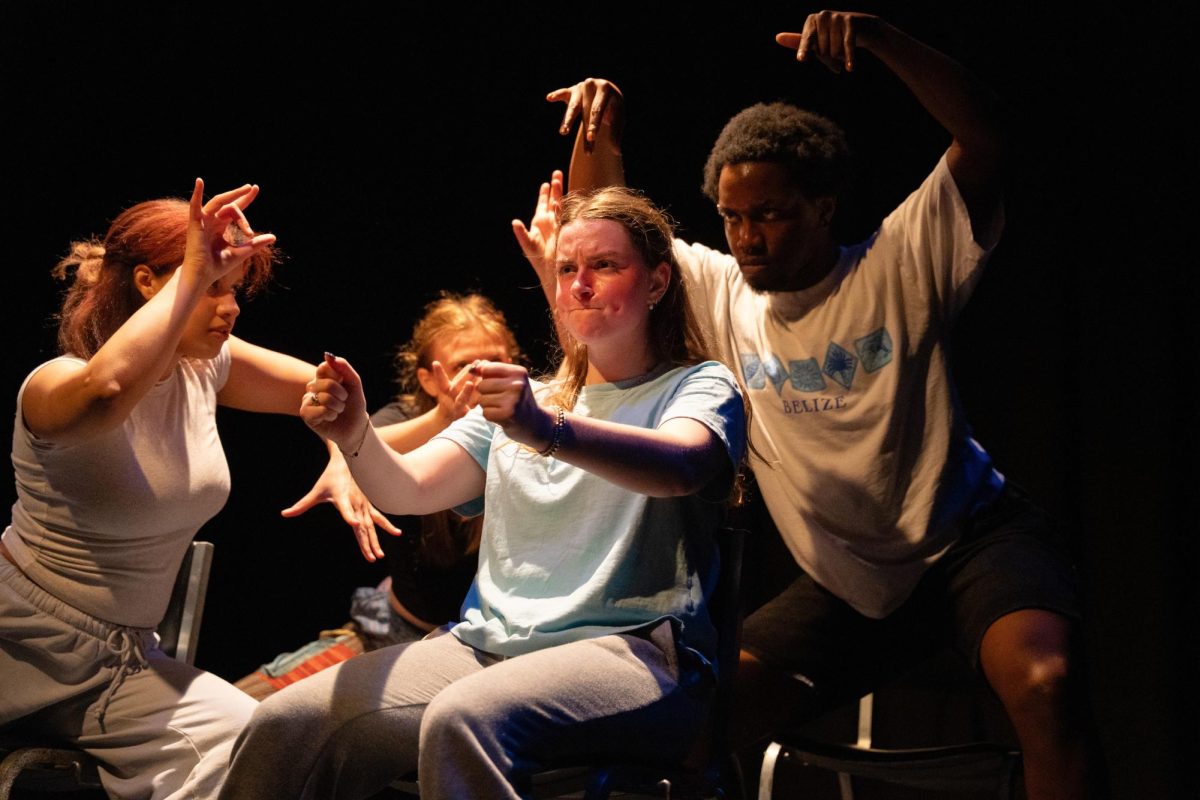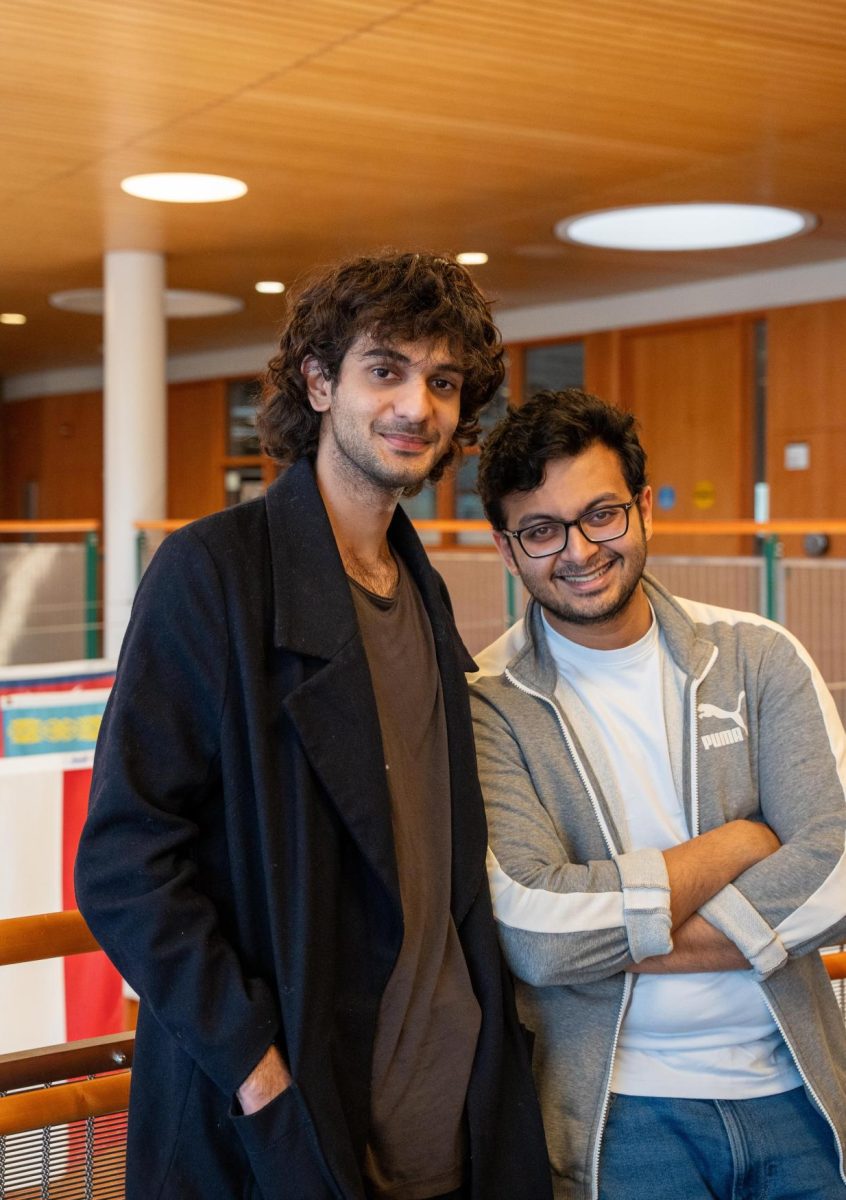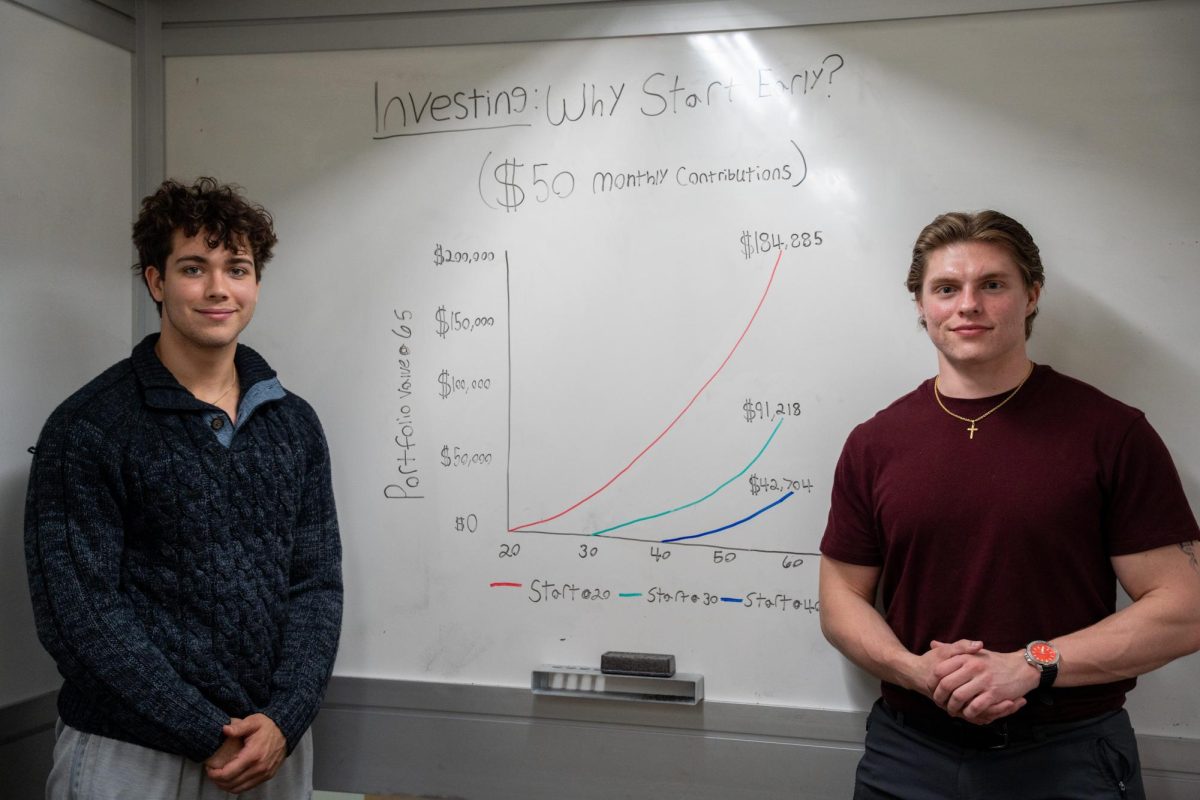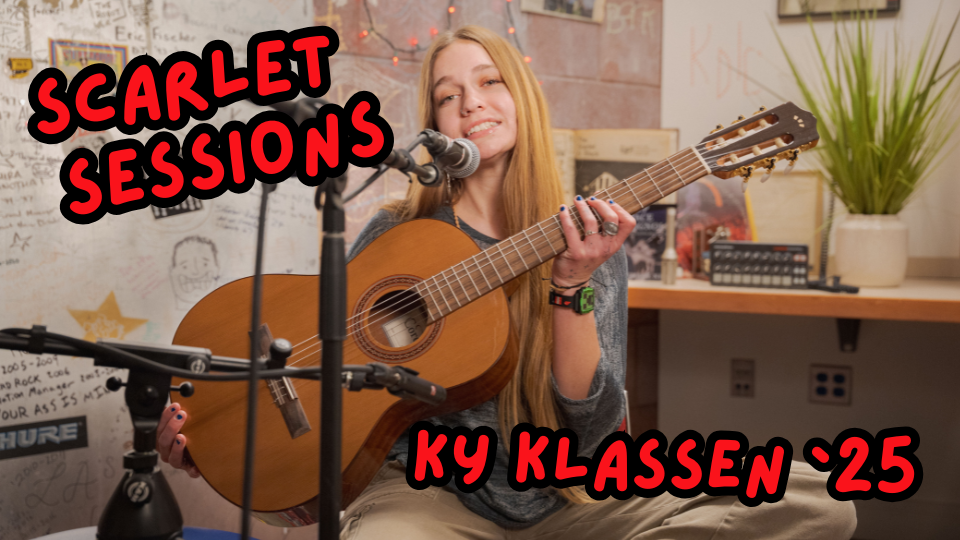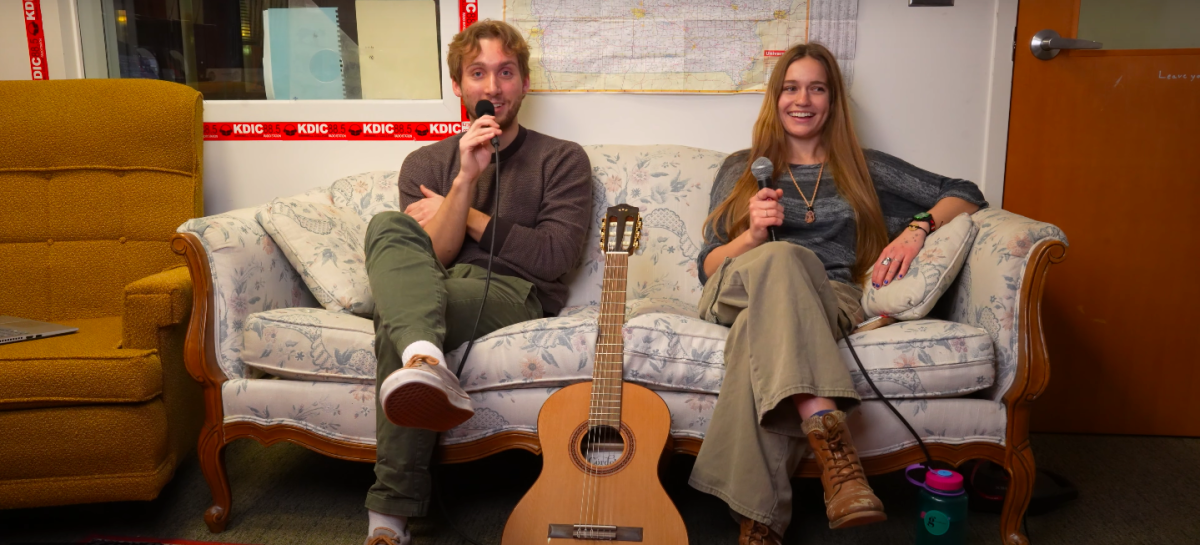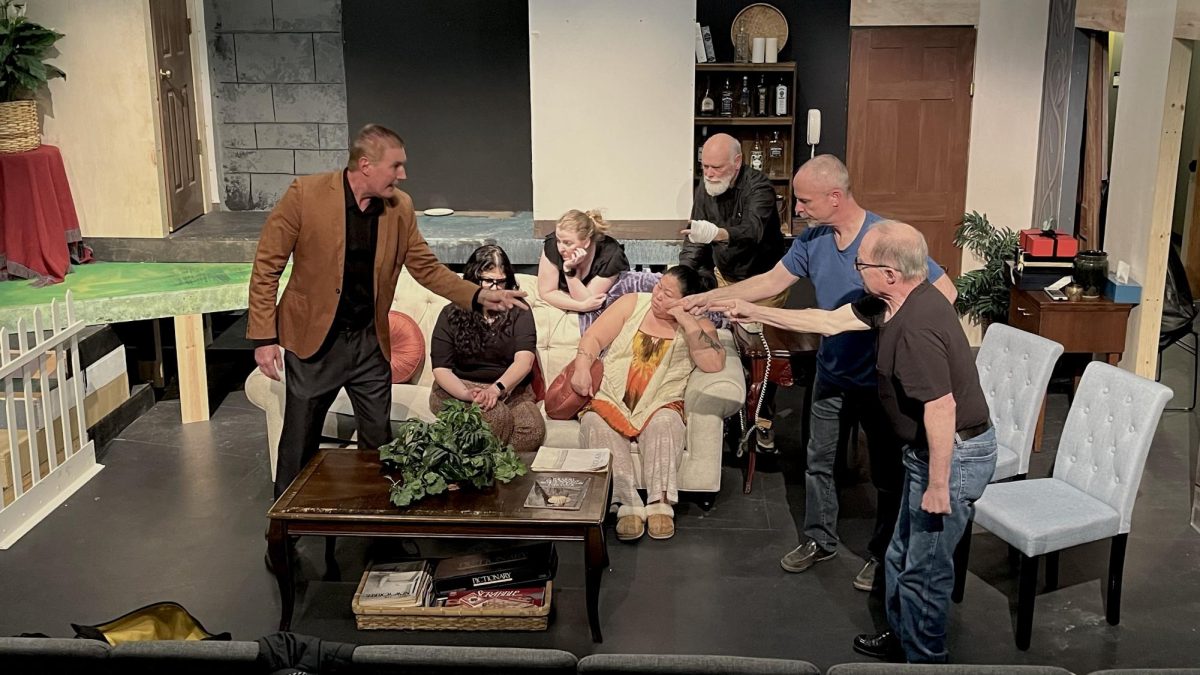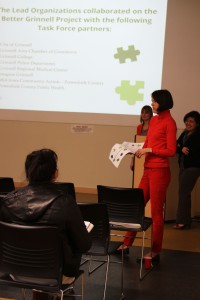
By Prisca Kim
kimprisc@grinnell.edu
On Wednesday, members of the Grinnell community were treated to the first public presentation of the results of the Build a Better Grinnell assessment, a collaborative community undertaking completed over the last 14 months, which aimed to identify areas of future community enhancement through surveys and analyses of the town.
Although the results of the project came out in mid-March, Wednesday’s presentation at the Drake Community Library by Nicole Brua-Behrens, Greater Poweshiek Community Foundation (GPCF) Program Coordinator, Ami Shrestha ’13, student apprentice for the Claude W. and Dolly Ahrens Foundation and Lucy Thoms, AmeriCorps VISTA Programs Assistant at GPCF, provided the first chance for Grinnellians to publicly discuss the project.
“[The goal was to] get community direction to prioritize future community improvement projects,” said task force member and Grinnell College’s Director of Community Enhancement and Engagement Monica Chavez-Silva.
The Build a Better Grinnell Task Force was composed of representatives from various organizations in the community who were contacted to conduct the project. Task force members included leaders from the Chamber of Commerce, the College and local medical and government institutions, among others. This task force worked to design survey instruments to gain access to collective community opinion.
The project involved focus groups, phone interviews and and selective online surveys of underrepresented groups. Funding for the project came from both the city and the Ahrens Foundation.
In all, 1,066 Grinnell residents responded to the various surveys (12.9% of the town’s population ages 10 and above), according to the results published on the Ahrens Foundation’s website.
According to the assessment, Grinnell is successful in 9 of the 28 categories analyzed, including promoting community spirit, maintaining involvement with Grinnell College and planning community events. Some of the biggest categories in which community members sought improvement were offering more places for new clothing, providing more transportation and having a public restroom downtown. Other popular projects are restoration of downtown buildings, a downtown drug store and an ice-skating or roller skating rink.
Aside from these more popular results that yielded a wide consensus across groups, the results suggest that there are also key subgroup differences in categories. College faculty and staff believe that Grinnell is successful in welcoming newcomers, but none of the other groups agree. In addition, students from middle school to college find that there is a lack of publicity for in-town events, but other groups differ. As for improvements, high school seniors consider having more hangout places for teenagers as a major issue while other groups do not. The results also reveal that college faculty and staff are disproportionately concerned with improving access to high quality, affordable housing compared to the rest of respondents.
Chavez-Silva anticipates the results will serve as a means by which the College might interact in a more meaningful way with all members of the town community.
“My hope is that the findings will serve as a constant resource for helping us evaluate community priorities overall and items of particular interest to students, faculty and staff as we collaborate with community partners on various development initiatives,” Chavez-Silva said.
In addition to being a tool for the college community, the results of the report can also help local leaders understand what people want to see improved in Grinnell. Grinnell Mayor Gordon Canfield referred to the report as serving as the blueprint for the city, a sentiment echoed by Shrestha.
“The results we have found will be used in future grant proposals and [projects]. I’m really glad we could contribute in that sense,” Shrestha said.
For Brua-Behrens, though, the survey is truly a benefit to the entire community.
“The information that we’ve come up with will hopefully be used by any community group that’s doing some future planning because there is really interesting information about what people in Grinnell think, what they love about Grinnell and what they think should happen in the future,” Brua-Behrens said.
The results of the project are available online at http://www.ahrensfamilyfoundation.org/images/BuildBetterGrinReportLR.pdf.




